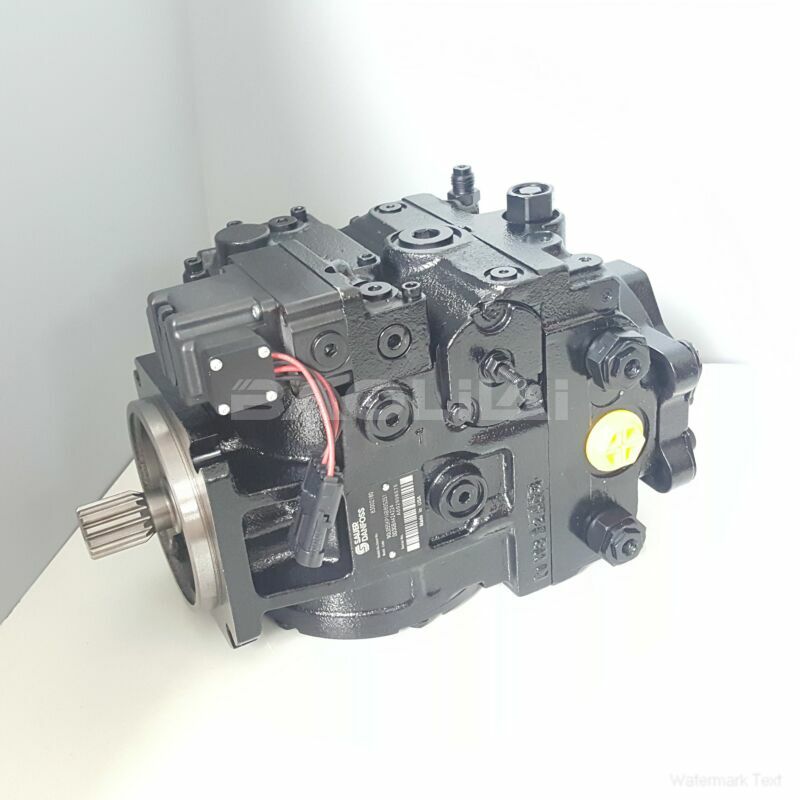90L130MA5CD80L3C8FC5GBA353524 sauer danfoss pump
90L130MA5CD80L3C8FC5GBA353524 sauer danfoss pump

- Product Details
- Applicable Scene
Overheating in hydraulic pump motor systems can lead to reduced performance, increased wear and tear, and potential system failures. The efficient operation of these systems is crucial for machinery and industrial processes. Here are several strategies to prevent overheating in hydraulic pump motor systems.
90-L-130-MA-5-CD-80-L-3-C8-F-C5-GBA-35-35-24
90L130MA5CD80L3C8FC5GBA353524
Firstly, ensure proper fluid levels in the hydraulic system. Hydraulic fluids serve as both a lubricant and a coolant. Inadequate fluid levels can lead to insufficient lubrication, increasing friction and resulting in overheating. Regularly check fluid levels and replenish them as necessary to keep the system functioning optimally.

83001721
Secondly, maintain clean hydraulic fluid. Contaminants in hydraulic fluid, such as dirt, water, and particulates, can cause increased resistance and energy dissipation, leading to excess heat generation. Implement a regular maintenance schedule that includes fluid filtration and replacement to keep the hydraulic fluid clean and free from contaminants.
Thirdly, monitor the temperature of the hydraulic fluid. Using temperature sensors and gauges allows operators to track fluid temperature in real time. If temperatures start to exceed recommended limits, operators can take action, such as reducing the load or stopping the system to allow it to cool down.
Additionally, consider investing in a hydraulic oil cooler. A cooler can effectively reduce the temperature of the hydraulic fluid, ensuring it remains within optimal operating ranges. This can be especially important in applications with high thermal loads or continuous operation.
Another critical aspect of preventing overheating is ensuring sufficient airflow around the hydraulic motor and pump systems. Proper ventilation can help dissipate heat more effectively. Avoid placing machinery in enclosed spaces without airflow, and consider adding fans or enhancing ventilation in hot environments.
Regular maintenance and servicing of hydraulic components is essential. Worn or damaged components can lead to inefficiencies, increasing the chances of overheating. Schedule routine inspections to identify issues early and replace any parts that show signs of wear.





